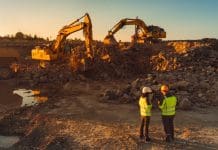Construction Plant-hire Association’s Kevin Minton highlights the importance of tower cranes being suitable for purpose.
Tower cranes are not a “one size fits all “solution, and principal contractors and tower crane suppliers need to communicate to ensure that tower cranes are suitable for their intended use. Accelerated wear and risk of collapse can occur as a result of trying to use a crane for more intensive work than it was intended for.
The design of any crane will be based on its intended usage. A crane which regularly lifts loads, which are at, or close to its maximum, will need to have a more durable structure than one that mostly lifts loads that are well below its maximum capacity. This relationship of average loads to maximum load is called the load spectrum factor. The other factor affecting design life is the number of hoisting cycles anticipated during the life of the crane. A harbour crane carrying out high cycle work loading and unloading ships will carry out many more cycles than a tower or mobile crane on a general construction site, and will consequently be designed with a higher load spectrum factor and greater number of anticipated hoisting cycles.
Most cranes used in construction are designed to meet the requirements of a relevant standard such as those produced by FEM (European Materials Handling Federation), DIN (German National Standard), and more recently CEN (the European standards organisation). These give design engineers parameters for relating the load spectrum factor and number of hoisting cycles to the desired design life for the crane.
A recent position paper from FEM gives some examples of the effect of average load and numbers of load cycles on the expected 20 year design life of tower cranes. FEM give the example that increasing the average hoist load by 25% will halve the expected lifetime. Similarly if the crane was specified for 5 shifts each of 8 hours per week, and in fact is “double shifting” – used for 2 shifts each of 10 hours, 6 days each week, then the life of the crane will be reduced by a factor of 3.
From this it is clear that if a crane is used more intensively than its designer intended, its design life can be significantly reduced which will lead to fatigue cracking of the structure far earlier than expected.
The implications of this start at the planning stage for principal contractors and crane suppliers. If a tower crane is to be used for a high-intensity application, then a suitably sized crane should be specified from the outset. High load, high frequency operations could include skipping concrete, using skips to move spoil, or use on civil engineering sites such as bridges, shafts and tunnels. An intensive use for a mobile crane could be on a dockside loading and unloading an oil rig supply vessel.
In the first instance, the duty to address these issues fall on the principal contractor, but advice from the crane supplier will be needed and it is essential that full consultation and dialogue takes place. PUWER (Provision and Use of Work Equipment Regulations
1998 – HSE) requires that work equipment is suitable for the work, particularly Regulation 4: the LOLER ACOP, says that the selected lifting equipment should not be unduly susceptible to any of the foreseeable failure modes likely to arise in service, for example fracture, wear or fatigue. This applies not only at the start of the work, but must also take into account any changes in usage of the crane during the lifetime of the job.
Metal fatigue is a complex subject and also needs to take into account a number of other factors such as environment. However, when the design life (combination of load spectrum factor and load cycles) is approached, the probability of fatigue cracking starts to increase. These factors are very evident in the difference in design and build of a dockside crane compared to a tower crane on a general construction site. This means that any crane used more intensively than its designer intended will need more frequent thorough examination.
The combination of intensive use and a corrosive environment brings a need for further diligence, as the combined effect of stress and corrosion are generally greater than the effects of stress and corrosion acting separately. As well as more frequent thorough examinations, the examinations themselves may require more frequent application of non-destructive testing (NDT) to detect possible fatigue cracking, and material loss through corrosion.
CPA’s Tower Crane Interest Group (TCIG) is working with HSE, inspection bodies and contractors to draft guidance on this subject. The aim is to help principal contractors appreciate the issues, and to allow a well-informed dialogue with tower crane suppliers and thorough examination bodies. The guidance is expected to become available later this year, and will be available from the CPA website.
HSE safety alert – luffing jib cranes in high winds
Following the recent collapses of luffing jib tower cranes in high winds, HSE have issued a safety bulletin to remind duty holders that when tower cranes are left unattended, in the out-of service condition, the cranes must be in free slew with the jib at a safe out-of-service radius.
If luffing jib cranes are left out of service with the slew brake engaged and/or the jib parked at too small a radius, there is a possibility the crane may not be able to weathervane freely in high winds. This could result in very high loadings being placed on the crane with the consequential collapse of the jib or the whole crane. This normally means that luffing jib cranes must be in free slew with the jib at a safe out-of-service radius.
However, there are some occasions where it is desirable to lock the slew out-of-service with the manufacturer’s agreement. This requires the manufacturer to check the strength of the tower in this situation and provided recalculated, uprated foundation loads for the base design.
Principal contractors have primary responsibility on site, and they must liaise with subcontractors, crane owners and crane operators to ensure that when left unattended in the out-of service condition, all tower cranes must be configured correctly to withstand wind loadings.
Investigations are still ongoing into recent collapses, and HSE is working with TCIG, CPA and others on ensuring that guidance is up to date and available, and to follow up on other actions that the industry could take.
**************
Kevin Minton
Director
Construction Plant Hire Association
Tel: 0207 323 3770



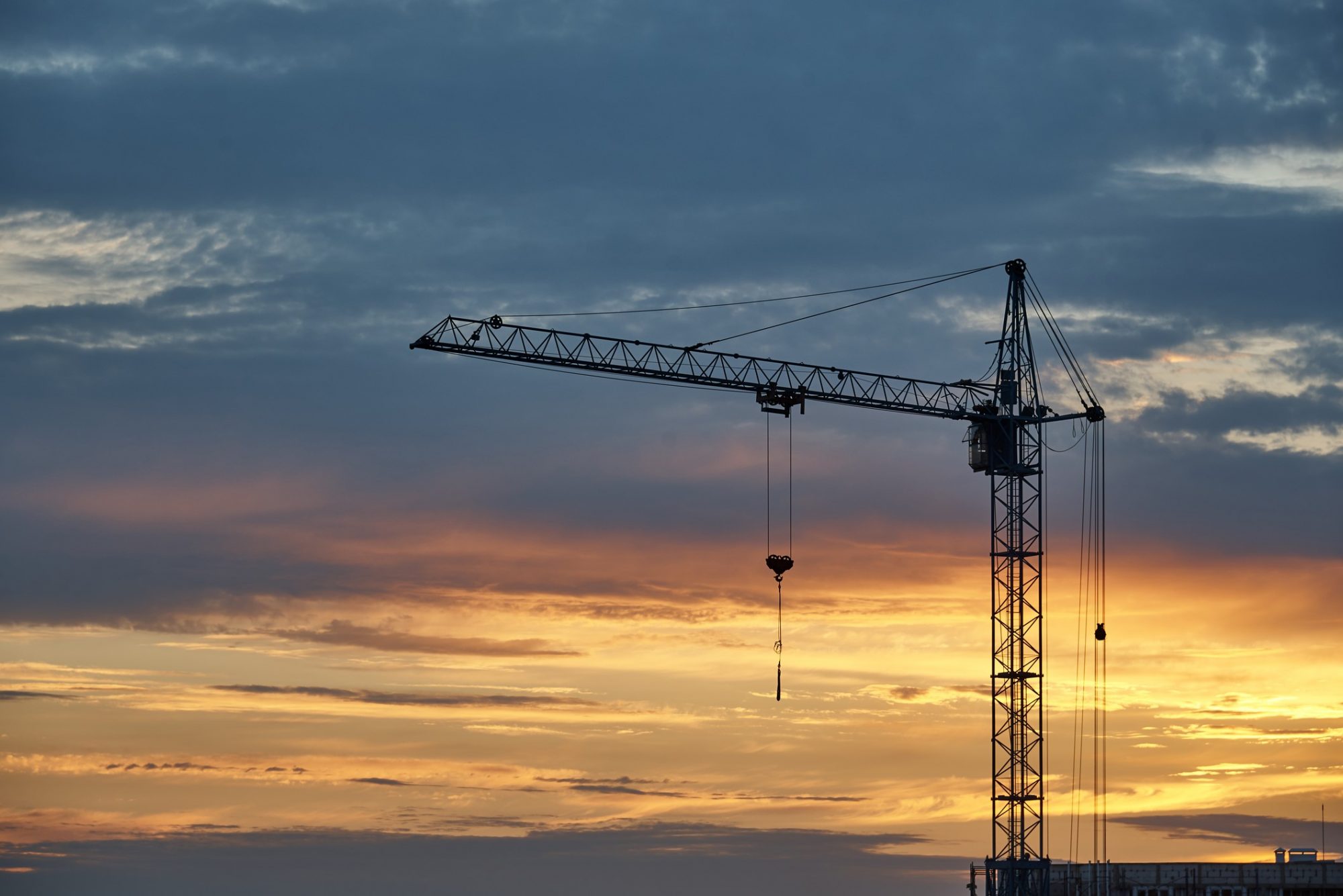





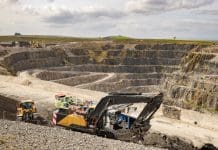

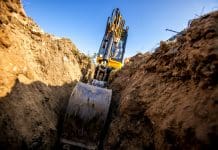

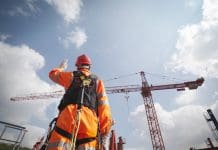
![[VIDEO]Remote-controlled bulldozer deployed on Norway’s largest earthmoving project A Caterpillar D8 dozer, the same kind utilised as a remote-controlled bulldozer in Norway](https://www.pbctoday.co.uk/news/wp-content/uploads/2025/01/CM20240311-3485c-e873c-218x150.jpg)
